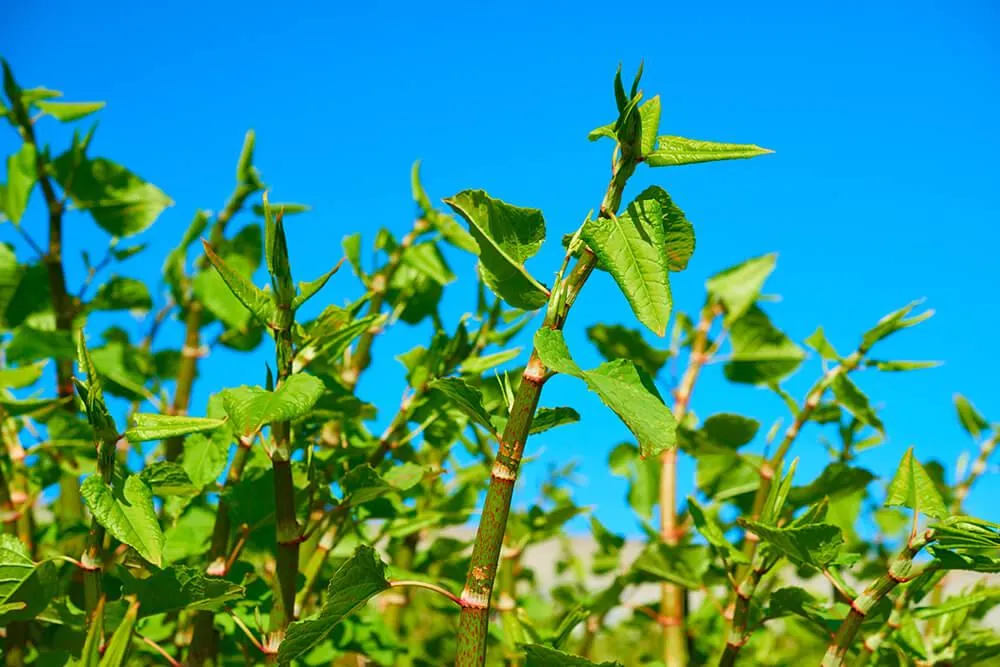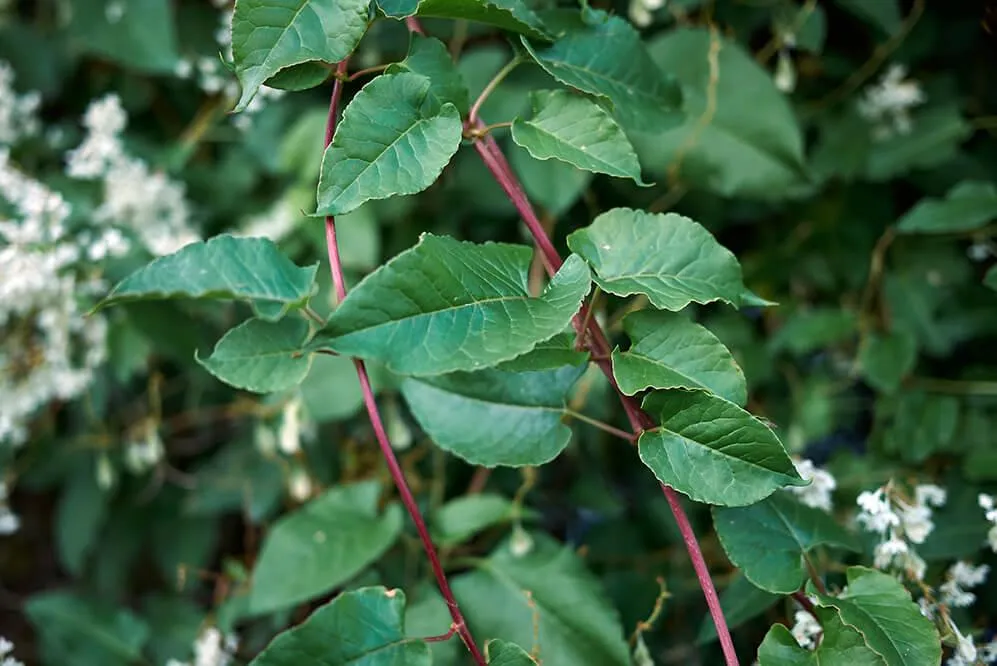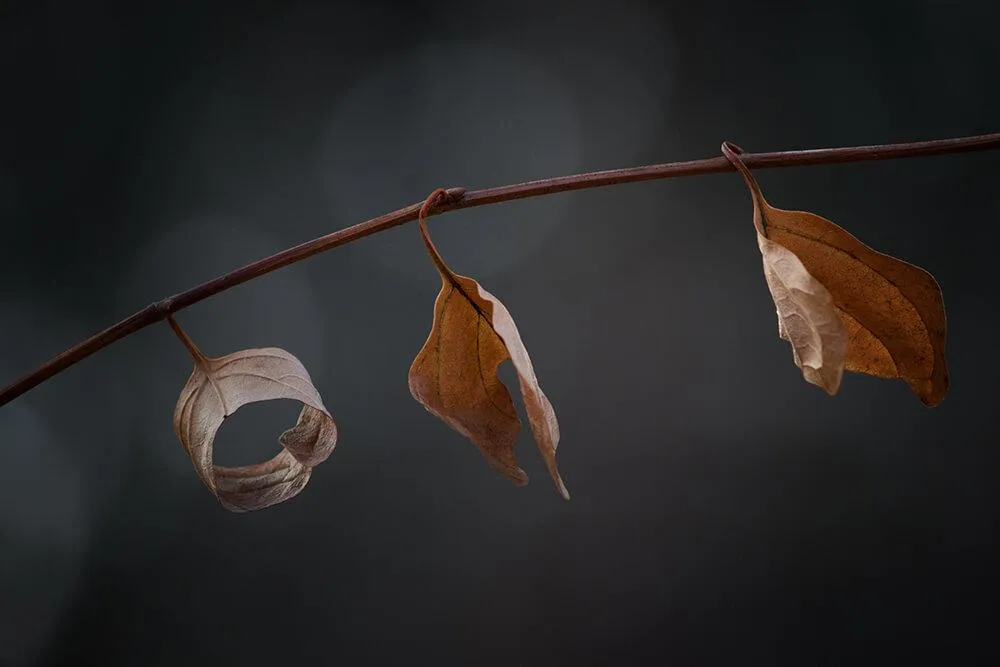JAPANESE KNOTWEED IDENTIFICATION
Japanese Knotweed Removal
JAPANESE KNOTWEED IDENTIFICATION
Japanese Knotweed Removal
What is Japanese Knotweed?
Japanese knotweed (Fallopia Japonia) is a hardy bamboo-like plant that was first utilised as an ornamental plant and cattle fodder in the United Kingdom in the 1850s after being brought from Japan.
Despite its attractiveness, the Environmental Agency calls knotweed "indisputably the UK's most aggressive and invasive plant."
This is because the deeply penetrating rhizomes (underground roots) repeat the stem development every year, and knotweed has no known predators in the UK, allowing it to quickly spread and take over land.
Because it resembles other plant species, Japanese Knotweed identification is necessary to ensure that the proper species is removed.
It starts with little fleshy roots in the spring and can grow up to 10cm every day in the spring and summer, reaching heights of over 3 metres, before dying back to brittle, leafless canes in the winter, when it is less conspicuous.
If left unmanaged, knotweed can spread at an alarming rate from little pieces of root, causing difficulties with a property's foundations and drainage.
Knotweed can be found in about every ten square kilometres of the United Kingdom, and it is rapidly spreading.
So whether you are in Devon, London, Birmingham, or beyond, Knotweed Ninjas are able to provide you with expert advice and knotweed identification and treatment.

Spring
During February-March, red buds sprout from the plant's base (the crown) and develop into little fleshy deep red/purple asparagus-like shoots that begin to grow quickly.
The maturing canes are hollow, resembling bamboo, and have red speckled features with curled red veined leaves.
Toward the end of Spring, these leaves begin to turn dark green and unfold, making them difficult to distinguish and identify.

Summer
In the summer, the sheer height and density of Japanese knotweed make the plant immediately recognisable.
The spade-shaped leaves and spiky branches with creamy white flowers make the plant appear appealing at an average height of 2-3 metres in full bloom.
The exponential growth above ground, however, hides the rapid expansion of the subsurface rhizomes.

Autumn
Because the flowers will be in full bloom until October, the appearance of Japanese knotweed in autumn will be remarkably similar to that of late August.
The leaves will begin to droop and turn yellow by the end of October and into November, and the stems will turn a dark brown colour and begin to go dormant.

Winter
The dark brown canes will look to be rotting and may collapse and interweave once the leaves have dropped.
Under the dense brittle canes, new season shoots may have already appeared.
While knotweed is dormant above ground throughout the winter, the rhizomes are still there and may continue to grow below ground.
What is Japanese Knotweed?
Japanese knotweed (Fallopia Japonia) is a hardy bamboo-like plant that was first utilised as an ornamental plant and cattle fodder in the United Kingdom in the 1850s after being brought from Japan.
Despite its attractiveness, the Environmental Agency calls knotweed "indisputably the UK's most aggressive and invasive plant."
This is because the deeply penetrating rhizomes (underground roots) repeat the stem development every year, and knotweed has no known predators in the UK, allowing it to quickly spread and take over land.
Because it resembles other plant species, Japanese Knotweed identification is necessary to ensure that the proper species is removed.
It starts with little fleshy roots in the spring and can grow up to 10cm every day in the spring and summer, reaching heights of over 3 metres, before dying back to brittle, leafless canes in the winter, when it is less conspicuous.
If left unmanaged, knotweed can spread at an alarming rate from little pieces of root, causing difficulties with a property's foundations and drainage.
Knotweed can be found in about every ten square kilometres of the United Kingdom, and it is rapidly spreading.
So whether you are in Devon, London, Birmingham, or beyond, Knotweed Ninjas are able to provide you with expert advice and knotweed identification and treatment.

Spring
During February-March, red buds sprout from the plant's base (the crown) and develop into little fleshy deep red/purple asparagus-like shoots that begin to grow quickly.
The maturing canes are hollow, resembling bamboo, and have red speckled features with curled red veined leaves.
Toward the end of Spring, these leaves begin to turn dark green and unfold, making them difficult to distinguish and identify.

Summer
In the summer, the sheer height and density of Japanese knotweed make the plant immediately recognisable.
The spade-shaped leaves and spiky branches with creamy white flowers make the plant appear appealing at an average height of 2-3 metres in full bloom.
The exponential growth above ground, however, hides the rapid expansion of the subsurface rhizomes.

Autumn
Because the flowers will be in full bloom until October, the appearance of Japanese knotweed in autumn will be remarkably similar to that of late August.
The leaves will begin to droop and turn yellow by the end of October and into November, and the stems will turn a dark brown colour and begin to go dormant.

Winter
The dark brown canes will look to be rotting and may collapse and interweave once the leaves have dropped.
Under the dense brittle canes, new season shoots may have already appeared.
While knotweed is dormant above ground throughout the winter, the rhizomes are still there and may continue to grow below ground.
Japanese Knotweed removal contractors providing peace of mind for UK homeowners.
Don't just take our word for it...

Mark was helpful and informative, from sending the pictures, completing the survey and arranging the treatment. Highly recommend Knotweed Ninjas.
If you have a knotweed problem, talk to these guys.
P. Tallett
Cardiff

Knotweed Ninjas from the very first phone call broke everything down in simple bitesize bits so that I knew what they were doing, how much it would cost and the long term plans including insurances. Very impressed with them.
J. Phillips
Kensington

Knotweed Ninjas have now completed the first two scheduled herbicidal treatment to Japanese Knotweed.
Very happy with their service, looking forward to completing the programme.
S. Titley
Caerphilly
GET IN TOUCH
About Knotweed Ninjas
Knotweed Ninjas are experts in the control, treatment and removal of Japanese Knotweed and other Invasive Weeds.
Book a Survey
Copyright 2022• Privacy Policy • Terms and Conditions





